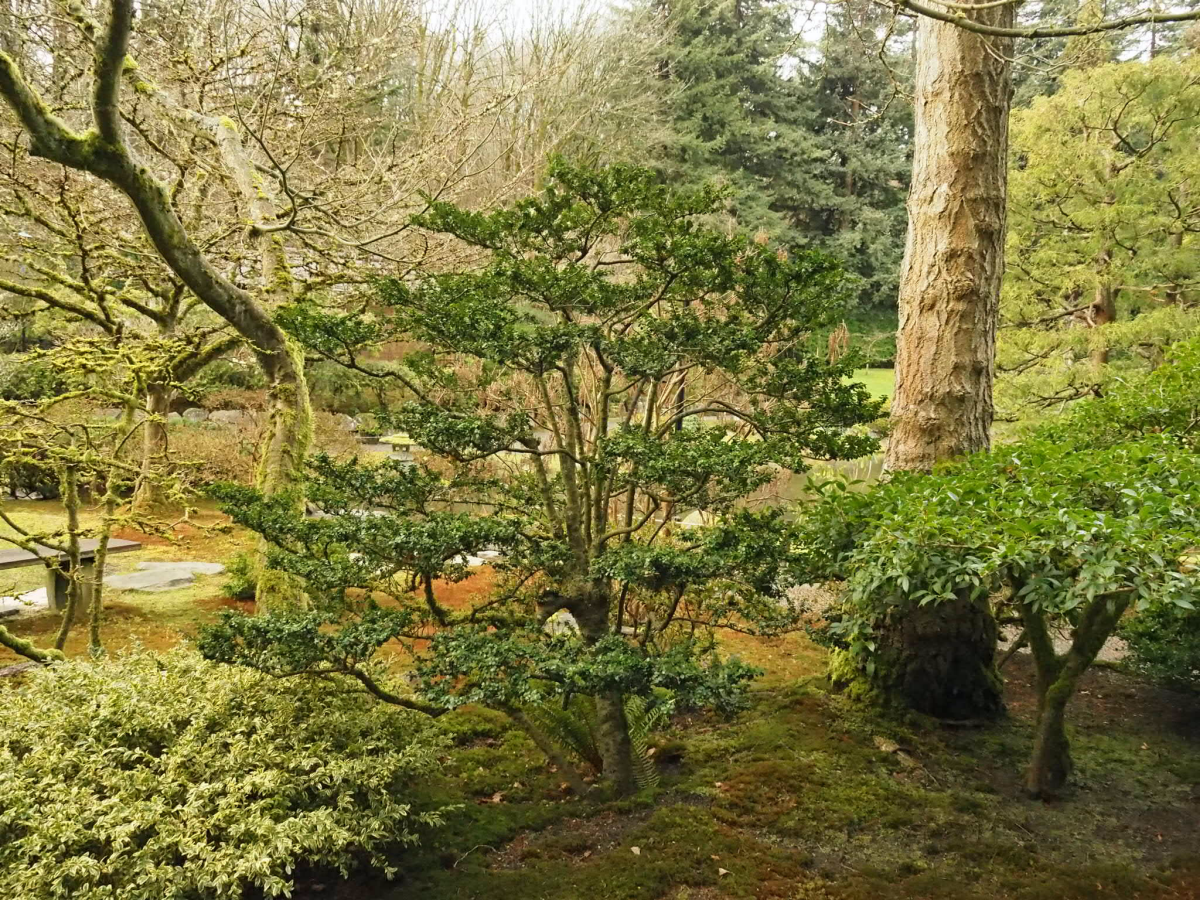How To Grow And Care For Japanese Holly
The Japanese holly, with its radiant evergreen foliage and vivid berries, brings an unparalleled elegance to gardens. More than a mere decorative shrub, it stands as a living art piece, influencing the overall ambiance of outdoor spaces. For centuries, this plant, known scientifically as Ilex crenata, has captivated gardeners with its remarkable versatility and robustness. It’s a plant that not only elevates garden aesthetics but also prospers in diverse climates, demonstrating a unique blend of beauty and adaptability. Its resilience in different environmental conditions makes it a favored choice for gardeners looking for both ornamental value and hardiness. The Japanese […]
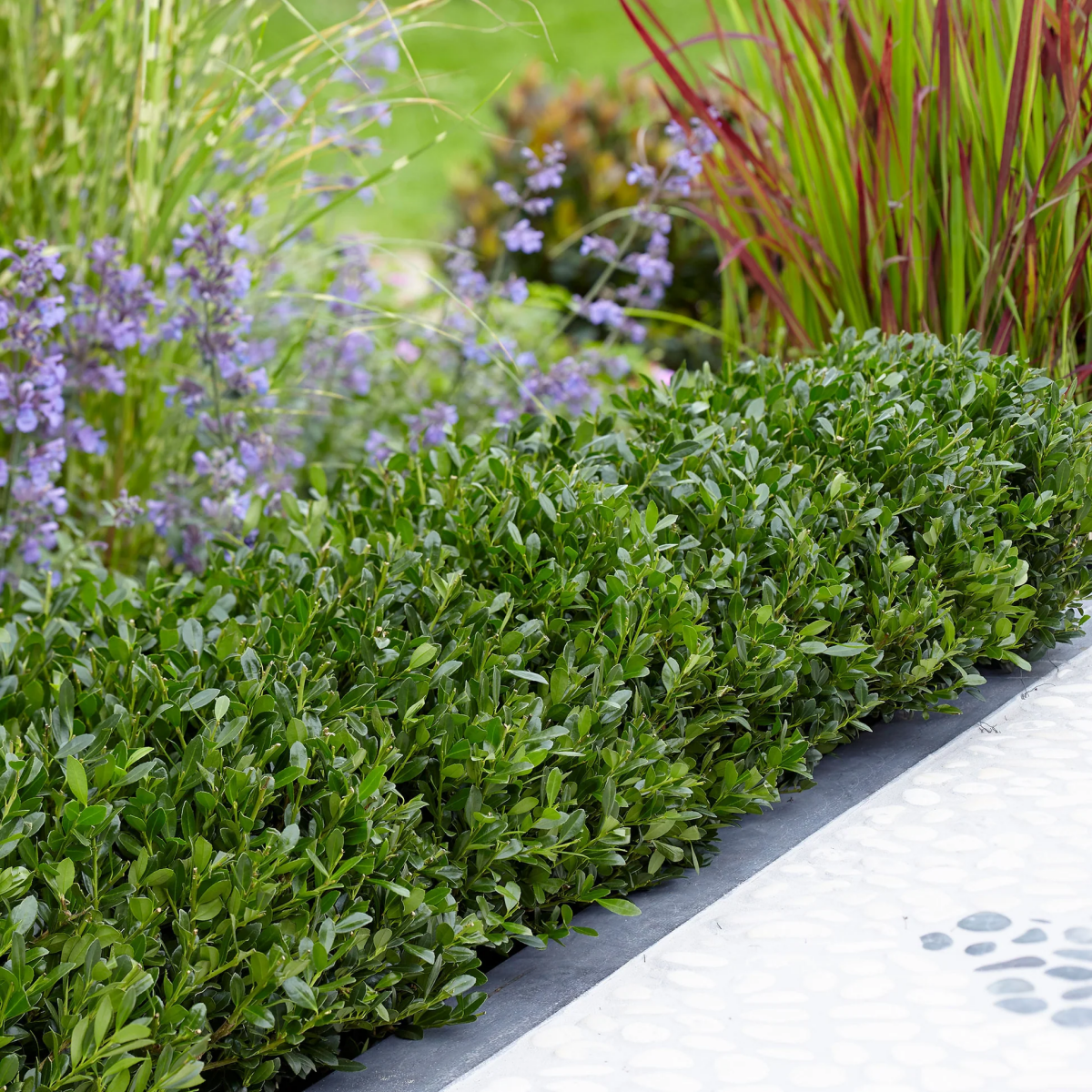
The Japanese holly, with its radiant evergreen foliage and vivid berries, brings an unparalleled elegance to gardens. More than a mere decorative shrub, it stands as a living art piece, influencing the overall ambiance of outdoor spaces. For centuries, this plant, known scientifically as Ilex crenata, has captivated gardeners with its remarkable versatility and robustness. It’s a plant that not only elevates garden aesthetics but also prospers in diverse climates, demonstrating a unique blend of beauty and adaptability. Its resilience in different environmental conditions makes it a favored choice for gardeners looking for both ornamental value and hardiness. The Japanese holly thrives where others may falter, making it a symbol of endurance and grace in the world of horticulture.
The Japanese holly thrives where others may falter

How To Grow Japanese Holly
Japanese holly, recognized for its petite, shiny leaves and dense growth, is a standout species in the realm of flora. Its formability for topiary art and resistance to common plant afflictions heighten its desirability among plant enthusiasts. Native to Japan, this plant carries a storied legacy. Historically, it has symbolized affluence and has been integral in various cultural rituals, signifying a profound bond between the natural world and Japanese heritage. Its small, lustrous foliage offers a stark contrast to the typical larger leaves of other shrubs, providing a unique texture and form in garden landscapes. This plant’s ability to adapt to various pruning styles also makes it a versatile choice for gardeners, allowing creativity in shaping and designing garden spaces.
Japanese holly is a standout species in the realm of flora
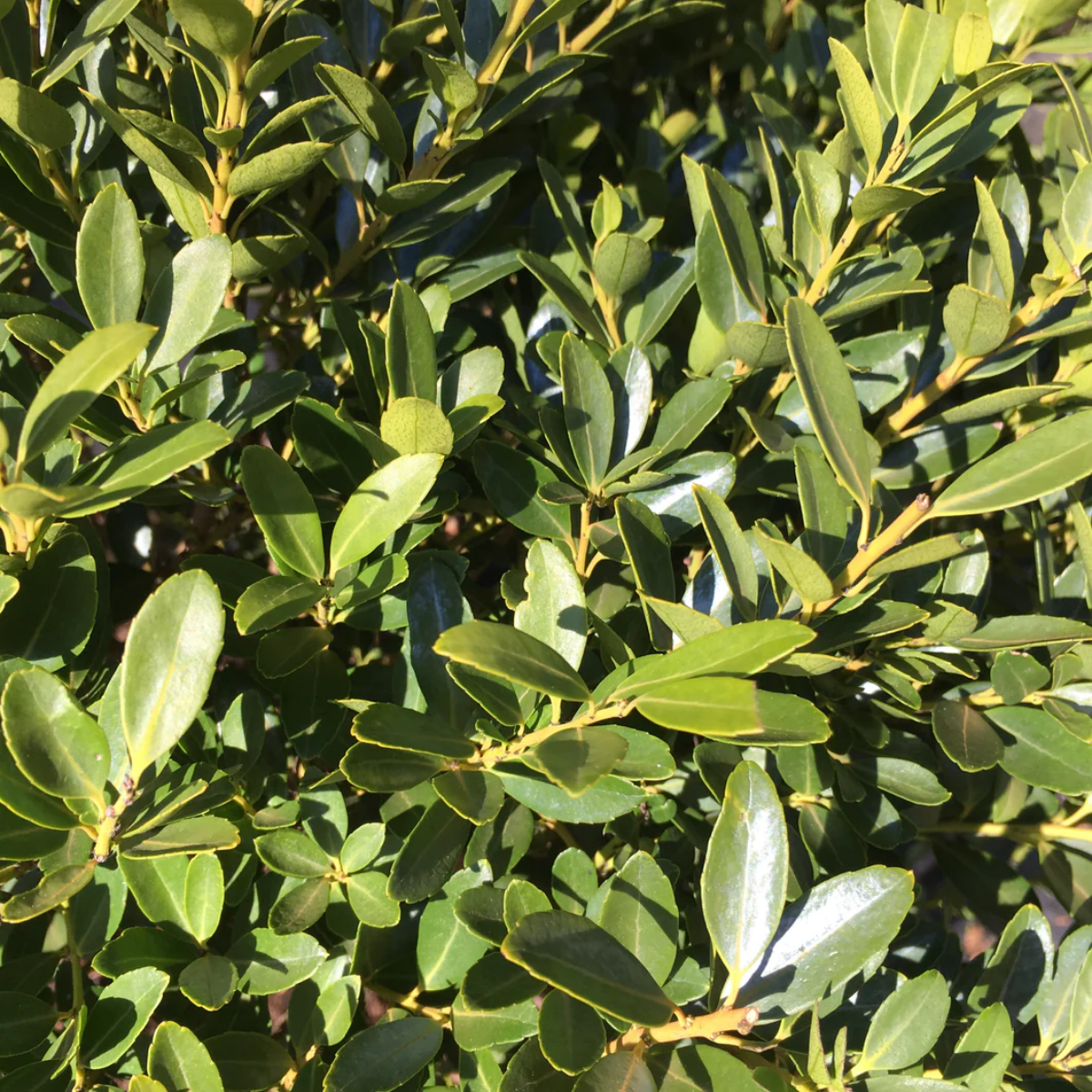
Choose the right variety
The spectrum of varieties, ranging from the diminutive ‘Hetzii’ to the towering ‘Sky Pencil’, offers a diverse selection for gardeners. Each type presents distinct features, from leaf dimension to branching patterns, meeting a wide array of gardening requirements. When choosing the ideal variety, gardeners must weigh considerations such as local climate conditions, available space, and aesthetic preferences. The goal is to select a variety that not only endures but flourishes in one’s unique garden setting. This selection process is crucial in crafting a balanced and visually appealing garden landscape. The adaptability of different Japanese holly varieties to various environmental conditions and gardening styles makes them a versatile choice for both novice and experienced gardeners.
Each type presents distinct features

Time to plant
The optimal time for planting this shrub is a crucial factor for its success. Ideally, gardeners should plant it in spring or autumn. These seasons offer moderate temperatures, which are perfect for the plant to establish its roots and build a strong foundation. When embarking on the planting journey, the first step is selecting the right location. A spot that receives ample sunlight and has well-draining soil is ideal. The process involves digging a hole approximately twice as large as the root ball of the plant. This ensures enough space for the roots to spread out. After placing your holly in the hole, backfilling the soil and watering it thoroughly are essential steps. These initial actions set the stage for the plant’s future growth and health. A good start can significantly impact the plant’s development, making this phase of planting particularly important for gardeners.
The optimal time for planting this shrub is a crucial factor for its success

Soil and location matter
The right soil type is fundamental for the growth of the Japanese holly. This plant thrives best in soil that is slightly acidic to neutral in pH. Good drainage is a must to prevent waterlogging, which can be detrimental to the plant’s health. Alongside soil quality, ensuring soil fertility is equally important. This can involve enriching the soil with organic matter to provide essential nutrients. When it comes to location, sunlight plays a critical role. This holly flourishes under full to partial sunlight exposure. Its adaptability to various lighting conditions makes it a versatile plant for different areas of a garden. Whether it’s a sunny border or a semi-shaded corner, Japanese holly can adjust and grow, making it an excellent choice for varied garden layouts.
The right soil type is fundamental for the growth of this holly

Watering and feeding
Proper watering is essential for the health of this shrub. It prefers soil that is consistently moist but not overly saturated. Regular watering, especially in periods of dry weather, is key to maintaining its vibrant greenery. However, it is important to avoid overwatering, as this can lead to root rot. As for feeding, a balanced approach is vital. A slow-release fertilizer, ideally applied in the spring, can provide the nutrients necessary for healthy growth. It’s essential to remember that too much fertilizer can harm the plant. The right amount will stimulate growth without causing damage. This careful balance of watering and feeding ensures that your Japanese holly remains healthy and thrives, adding beauty and vitality to the garden.
Proper watering is essential for the health of this shrub
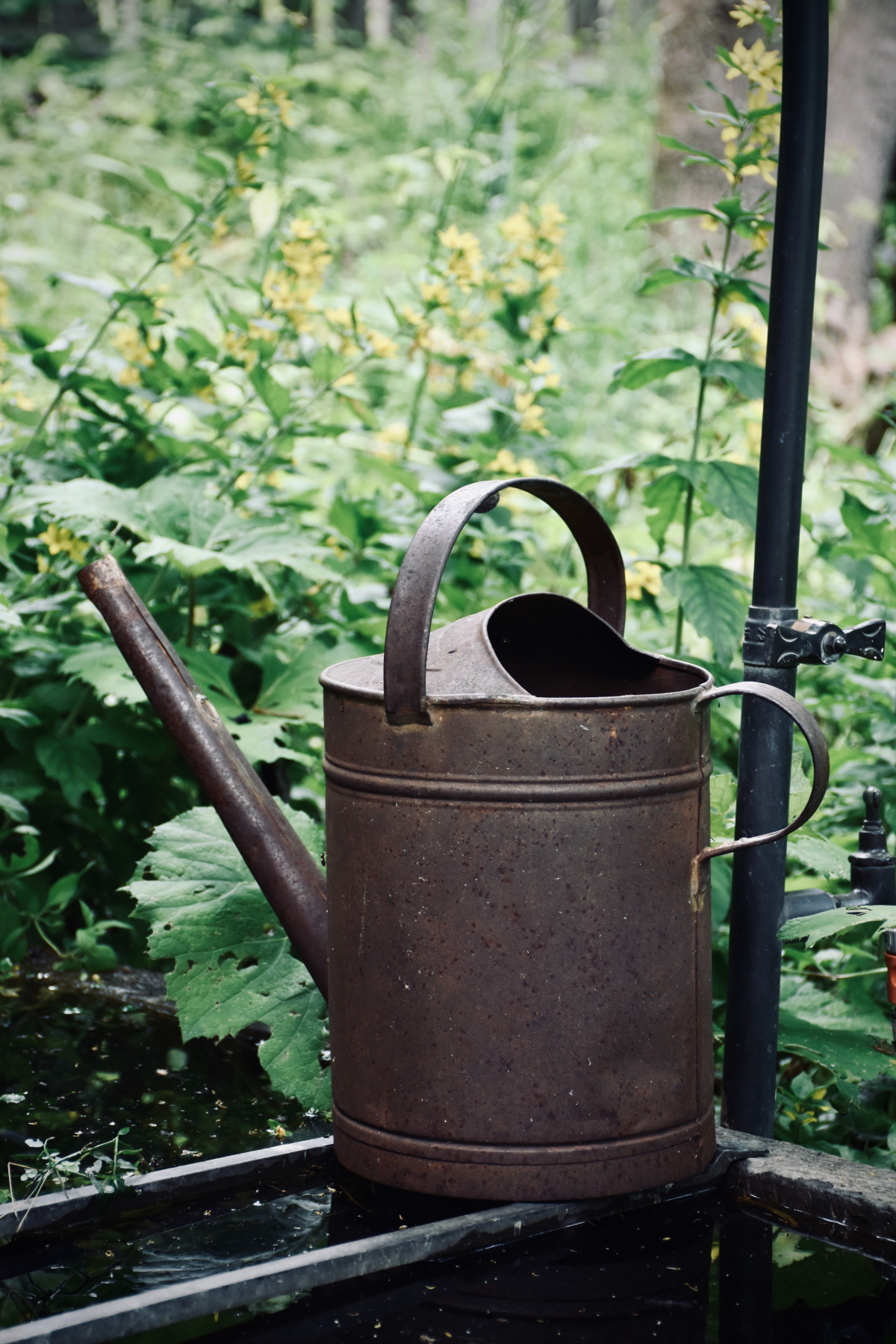
Pruning like a pro
Masterful pruning is crucial for maintaining the elegance of the Japanese holly. The ideal time for this task is late winter or early spring before new growth begins. Make sure you remove any dead, damaged, or diseased branches. Pruning not only shapes the plant but also promotes vigorous growth and enhances air circulation, which is vital for its health. It involves removing dead or weak branches, which helps in preventing disease and pest infestations. You also need to prune this plant lightly several times once the growing season has started.
The ideal time for this task is late winter or early spring before new growth begins
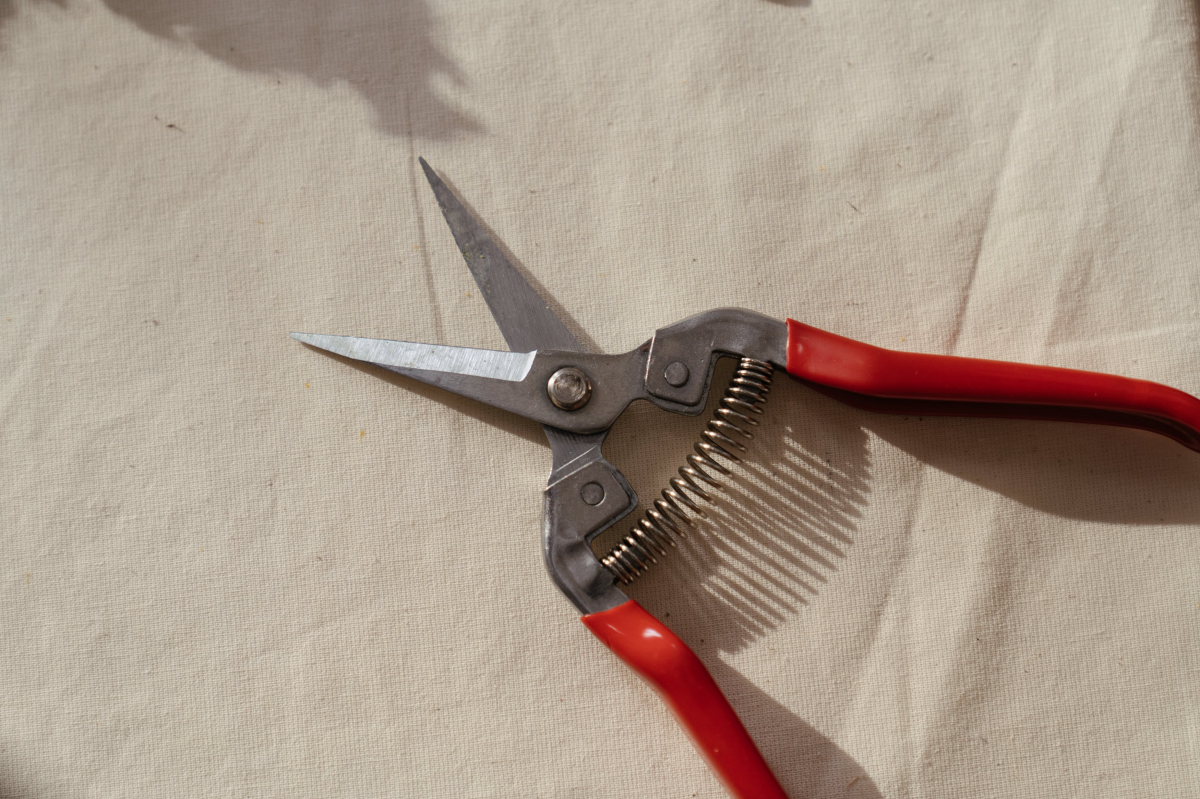
Essential care
As each season unfolds, your holly starts to require specific care routines. For instance, mulching during winter protects the roots from freezing temperatures, while regular watering in summer ensures the plant remains hydrated. Adapting to these seasonal needs is essential for the thriving of a Japanese holly. This continuous cycle of care and attention throughout the year contributes significantly to the overall health and beauty of the plant.
As each season unfolds, your holly starts to require specific care routines

Managing pests and disease
This shrub, despite its resilience, is not invulnerable to pests and diseases. Common issues like spider mites, scale insects, and leaf spot disease can affect its health. Regular monitoring is crucial for early detection and management of these problems. Implementing organic control methods, such as applying neem oil or introducing beneficial insects like ladybugs, can effectively combat these issues without harming the ecosystem. Preventive measures, including maintaining proper air circulation around the plant and ensuring it is not overwatered, can also reduce the likelihood of pest and disease problems. Staying vigilant and responding promptly to any signs of distress helps preserve the health and aesthetics of the Japanese holly, making it a lasting and resilient feature in the garden.
Stay vigilant and respond promptly to any signs of distress
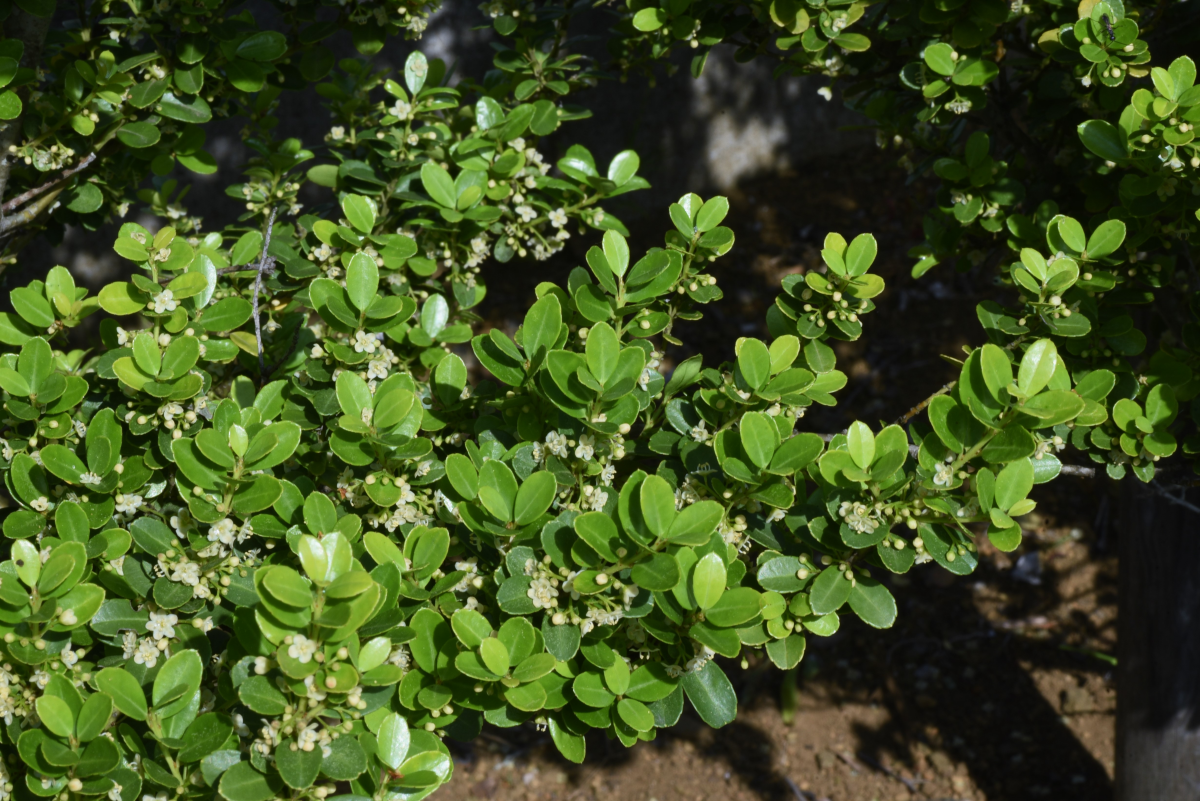
Propagating
Propagating this shrub through stem cuttings is a rewarding process. The best time for this is late spring or early summer, when the plant is actively growing. Cuttings should be taken from healthy, disease-free branches. A mix of sand and peat moss creates an ideal rooting medium, providing the right balance of drainage and moisture retention. After planting the cuttings, maintaining a high humidity level is essential, which can be achieved by covering them with a plastic bag or placing them in a greenhouse. It’s also important to keep the cuttings out of direct sunlight, as intense light can hinder root development. Regularly checking for root growth and maintaining a stable temperature will greatly enhance the chances of successful propagation. With patience and careful attention, these cuttings will gradually develop into new, healthy Japanese holly plants.
Propagating this shrub through stem cuttings is a rewarding process
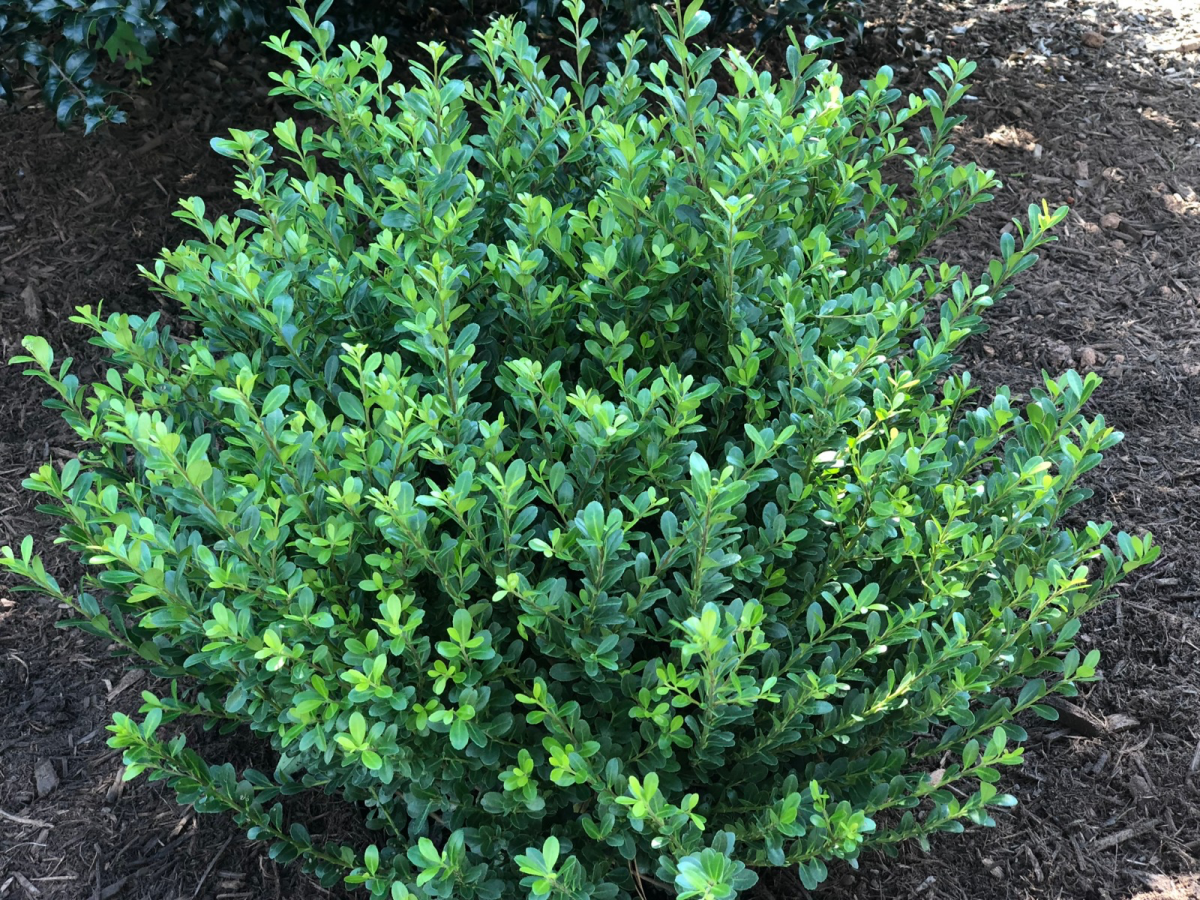
Common issues
When Japanese holly exhibits signs of distress like yellowing leaves or stunted growth, it’s crucial to identify and address the underlying issues. Common problems include overwatering, which can lead to root rot, or under-watering, which stresses the plant. Soil quality plays a significant role in the health of your holly. Poor soil can lead to nutrient deficiencies. Pest infestations, such as spider mites or scale insects, can also hinder the plant’s growth. It’s important to take a holistic approach to troubleshooting, considering all environmental factors. Sometimes, despite diligent care, plants may still encounter problems. In such cases, consulting with local horticulturists or seasoned gardeners can provide valuable insights. They can offer advice on specific care techniques or recommend treatment options that are tailored to the individual needs of your Japanese holly.
Common problems include spider mites
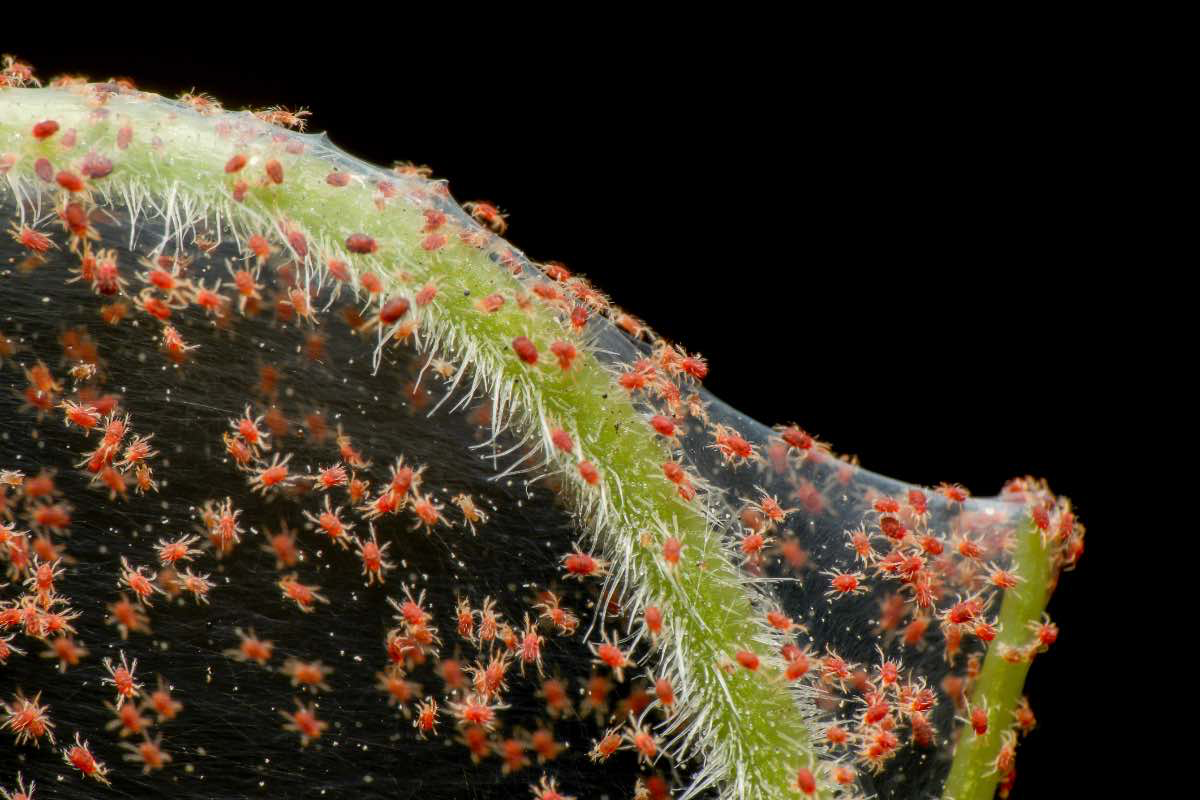
How To Encourage Growth
To maximize the growth and blooming potential of the Japanese holly, a combination of care techniques is required. Incorporating organic matter into the soil enriches it, providing essential nutrients for the plant’s growth. Ensuring the plant receives adequate sunlight is another key factor. The right amount of light encourages robust growth and vibrant blooms. Regular pruning not only shapes the plant but also stimulates new growth, contributing to a fuller and healthier appearance. Companion planting can be beneficial, as certain plants can deter pests or improve soil conditions, thereby enhancing the overall health of the holly. Regular soil testing allows for the adjustment of soil conditions to meet the specific needs of the plant. Adopting an integrated pest management approach minimizes the use of chemicals, focusing instead on natural and sustainable solutions.
Incorporating organic matter into the soil enriches it

Cultivating Japanese holly is an enriching experience that extends beyond basic gardening. It’s a journey filled with patience, learning, and immense satisfaction. Nurturing this plant, watching it grow and thrive, can be deeply rewarding. It’s about forming a connection with nature and contributing to the beauty of your surroundings. As you gain experience and knowledge in growing this shrub, you’ll find that your gardening skills and confidence grow as well. Each challenge faced and overcome is an opportunity for personal growth and learning. Embrace the journey with enthusiasm and an open heart, and let the serene presence of this holly enrich not just your garden, but also your life. As you continue on this green path, let the joy of gardening inspire you to explore and appreciate the wonders of nature.
Cultivating Japanese holly is an enriching experience that extends beyond basic gardening
